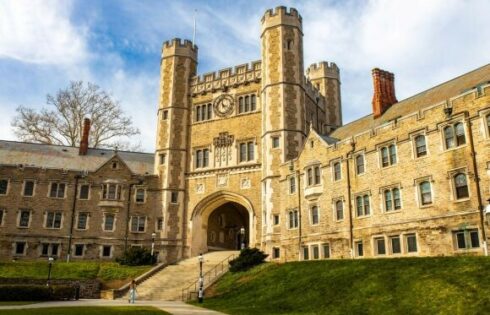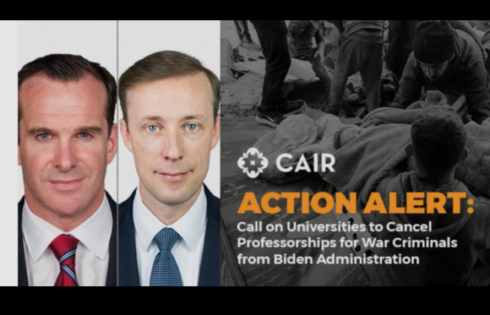
Affirmative action failed poor black students because most of the young people who benefited were from rich families, according to a recent magazine essay.
“Most Americans seem to think affirmative action sits at the foundation of some beneficent suite of education policies that do something significant for poor Black kids, and that would disappear without the sanction of affirmative action,” Bertrand Cooper, a black writer who described himself as a “product of felons, addicts, and foster care,” wrote in The Atlantic.
“But the reality is that for the Black poor, a world without affirmative action is just the world as it is—no different than before.”
Harvard, for example, boosted the share of black freshmen from 6 percent in 2012 to 15 percent in 2020 by “saturat[ing] itself with students drawn from the highest-earning segments of Black America,” according to Cooper.
Extrapolating from a 2020 economics study on income segregation across colleges, Cooper deduced that “only seven or eight” of the 154 black freshmen in that year’s Harvard class likely came from low-income families.
“The other 140 or so Black students at Harvard were likely raised outside of poverty and probably as far from the bottom as any Black child can hope to be,” Cooper wrote.
He continued:
Writing in the American Journal of Education in 2007, the Princeton sociology professor Douglas Massey observed that 40 percent of Black students in the Ivy League were first- or second-generation immigrants. Black immigrants are the highest-earning and best-educated subset of Black America.
The Harvard professor Henry Louis Gates Jr., a director of the university’s African American–studies center, once estimated that as many as two-thirds of Harvard’s Black students in the early 2000s were the fortunate sons and daughters of Black immigrants or, to a lesser extent, children of biracial couples. …
The Supreme Court affirmed race to be an acceptable criterion within a holistic admissions framework in 1978. The regime described here persisted for 45 years without manifesting any progress of note for the Black poor, and it strains faith to imagine that the trickle-down was on its way in year 46.
Cooper described his own experience struggling to fill out the FAFSA “without legal documentation of my situation, which no adult around me had kept.” Such obstacles are just some of the reasons why “just 14 percent of low-income high school students obtained a bachelor’s or higher degree within eight years of high school graduation,” Cooper wrote.
“Rates of college attendance specifically among Black youth and kids below the federal poverty line—the lowest of low-income—are lower still.”
However, “rich as it is, Harvard does not have the capital necessary to employ all of the country’s poor, fix their neighborhoods, and fund their public schools, or the willingness to wait an entire generation for those social changes to generate a cohort of low-income children who are nevertheless academically excellent,” he wrote.
“It will always be cheaper and more expedient to simply recruit wealthy kids instead.”
MORE: White Penn State professor who resisted race-based grading files discrimination lawsuit
Like The College Fix on Facebook / Follow us on Twitter




Add to the Discussion